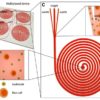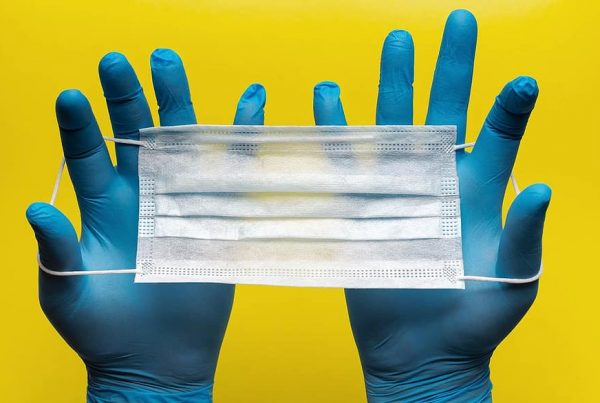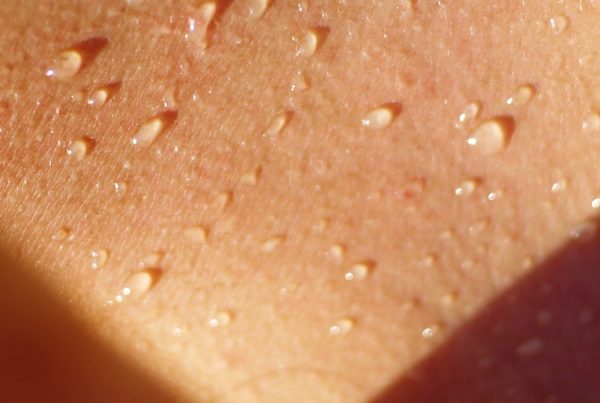Renown stem-cell pioneer Dr. Hans Clevers will be a presenter at Cell Symposia in August 2019 in San Diego, USA. In a symposia preview, when queried by an interviewer about how he mentors his Netherlands-based team, Clevers said he guides new scientists by asking, “Where is the unknown and how can we boldly go there?” Although he was referring to training researchers, his words fit microfluidics’ future challenges too.
Current technical advances, and financial predictions for scaling up, are keeping pace with each other. Both are equally varied, complex and wide-ranging. For example, some forecasts predict an increased demand for portable devices that promote the microfluidics market, by providing fast results and timely diagnoses. Reliable microfluidic methods have numerous applications in healthcare, because they make handling of fluids smoother and easier than in the past — an entirely viable alternative to customary lab techniques. However, the very same forecasts include the caution that the high price of regulatory approvals, and delays in developing nations, could simultaneously slow global growth within that market.
Although striking, myriad other advances will be heavily anchored to thorny cost obstacles too. One 2019 research design incorporates microfluidics-based methods to investigate membraneless organelles, and unveils the processes that link organelles with protein-aggregation diseases, including neurodegenerative conditions like amyotrophic lateral sclerosis (ALS) and Alzheimer’s disease. Another new report covers spontaneous oscillations in microfluidic droplet networks: This 2019 development offers a better understanding of blood flow’s oscillations within microvascular networks.
In a 2019 Developmental Cell article, analysts conclude that microfluidic techniques provide precision tools for biology because they further “manipulation of biological specimens in entirely new ways.” These entirely new ways include “extraordinary spatiotemporal resolution, revealing mechanistic insights that would otherwise remain hidden.”In addition, gene expression research has put microfluidic devices to work, in pursuit of clarity.
A recent Trends in Biotechnology article describes microfluidics that has “revolutionized biotechnology assays. . . Combining deep learning (to analyze data) with microfluidics (to acquire data) represents an emerging opportunity in biotechnology that remains largely untapped.”
Simultaneously, insights about “largely untapped, new ways” are being tempered by practicality. For example, the titles of some recent studies answer the question, “What’s in a name?”:
- “Single-cell RNA-seq of rheumatoid arthritis synovial tissue using low-cost microfluidic instrumentation”
- “Printed low-cost microfluidic analytical devices based on a transparent substrate”
- “Low-Cost and Rapid-Production Microfluidic Electrochemical Double-Layer Capacitors for Fast and Sensitive Breast Cancer Diagnosis”
- “Impedimetric array in polymer microfluidic cartridge for low-cost point-of-care diagnostics”
- “Robust Sample Preparation on Low-Cost Microfluidic Biochips”
- And so on . . .
Where is the unknown and how will does one boldly go there? Or carefully go there? Or strategically go there?
The unknown is how costs will be controlled. Going there will mean “largely untapped, new ways” yoked to visionary pragmatism.
Enjoyed this article? Don’t forget to share.

Kathy Jean Schultz
Kathy Jean Schultz is a freelance medical science writer who focuses on medical innovations. She earned a Master’s Degree in Research Methodology from Hofstra University, and a Master’s Degree in Psychology from Long Island University. She is a member of the National Association of Science Writers, and the Association of Health Care Journalists. Her articles about organoids include "Would you trust a 3-D printed mini organ to test your drugs?" and "Stem cells not only slow disease, they come with their own safety test".







